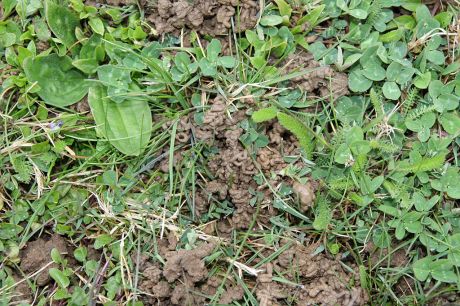The global ecosystem is under increasing pressure due to a rapidly
growing population and human-driven climate change. Maintaining a
functional ecosystem and protecting soil functions such as water
filtering and food production requires an improved understanding of soil
processes.
Funded by the EU, the
SOILTREC (Soil transformations in European catchments) project aimed to address this problem by developing a model of soil functions. These functions are described in the European Commission's Soil Thematic Strategy as being essential for continued ecosystem functioning.
SOILTREC established four critical zone observatories in the EU to provide a range of soil types and conditions. The critical zone is the thin layer around the Earth from the tallest trees to the lowest aquifers in the bedrock providing water for life.
Data gathered from this network of observatories (such as on water flow and movement of chemicals) was used to design an integrated model of soil function. The model was tested and validated by researchers for each zone, and it was used for inter-zone comparison of soil function. It describes water movement, changes in soil carbon and changes in the soil food web.
Finally, the model was applied for life-cycle assessment of soil function for the island of Crete in Greece. This information, together with an economic evaluation, can be used to develop indicators of a sustainable and productive soil ecosystem.
The SOILTREC project has taken steps towards a system for evaluating soil ecosystem functioning. The project will contribute to improved agricultural productivity in Europe through the Critical Zone Observatories and the computational framework it developed.

